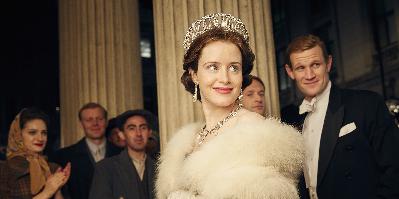The Greats: Masterpieces from the National Galleries of Scotland, The Art Gallery of NSW
Description
 The Virgin Adoring the Sleeping Christ Child (c.1485), Sandro Botticelli, tempera and gold on canvas
The Virgin Adoring the Sleeping Christ Child (c.1485), Sandro Botticelli, tempera and gold on canvas
By Gabriella Edelstein and Claudette Palomares
Contents
A Tale of Two Galleries by Claudette Palomares
What’s in a name?: The Idea of Greatness at the AGNSW by Gabriella Edelstein
~
A Tale of Two Galleries
By Claudette Palomares
In 1874, the city of Sydney was at a cultural quandary. The one hundred years since the First Fleet first tipped the shores of Port Jackson had seen unprecedented economic growth for the city, but not the similar flowering of artistic capital. Twenty-five years before the country’s federation, the rivalry between the cities of Melbourne and Sydney too was at its zenith, and the fact that Melbourne had successfully built their own gallery in 1861—in the space that we now know as the National Gallery of Victoria—had been a particularly painful thorn in the side of the Sydney elite. Building a permanent art-space in Sydney would become the primary purpose of the the newly-formed Academy of Art of NSW, yet it would take almost twenty years before the Academy would find an architect who could meet their exacting demands.
Like his failed predecessor, John Horbury Hunt, the architect Walter Liberty Vernon would find it difficult accommodating the whims of the Academy. By 1896, Vernon was enamoured with what he saw as the splendours of the Gothic style, and his first attempts at a design for the new art gallery displayed a distinctly Neo-Gothic air. Yet the Academy of Art was unmoved by Vernon’s enthusiasm. The truth of the matter was, the Academy wanted a building that explicated NSW’s place in the Western – and therefore, dominant – cultural sphere, establishing NSW as a place that honoured and echoed the Western Platonic ideals of Art and Beauty, rather than developing its own distinctive, proto-national identity. Instead of Vernon’s Neo-Gothic vision, the Academy demanded that the building reflect a classical aesthetic, the highlight of which would be the facade of the building, which they insisted resemble that of a Ancient Greek temple with the uncompromising grace of an Ionic collonade. In fact the Academy had a specific building in mind from which they took inspiration. Why couldn’t (they suggested) Vernon use William Playfair’s fine gallery in Edinburgh—known today as the Scottish National Gallery—as the template for their own?*

 T: The Art Gallery of NSW at night (Flickr CC: jasoncstarr) ; B: Scottish National Gallery (Wikicommons: Klaus with K)
T: The Art Gallery of NSW at night (Flickr CC: jasoncstarr) ; B: Scottish National Gallery (Wikicommons: Klaus with K)
As we see when we saunter along Art Gallery Road, past the Domain, and towards the gallery today—despite his own preferences—Vernon gave in to the exactions of the Academy and built their temple to Western Art in the likeness of Playfair’s own design. With such origins, it feels more than co-incidental that The Na

















